We’re happy to share with you an exciting talk with J.Ace on his upcoming travels and the sketches he’s already preparing for his 2019 journeys around the globe, his view on the ephemeral nature of street art and his wish for people to enjoy his art for as long as possible, and, of course, insights about his visits in Romania last year, including the intervention for CAPITOL Cinema / Summer Theatre.
We also have amazing news! J.Ace would love to get you all, feeder.ro readers, involved in his creative process and asks you for ideas of new faces and special places in the city where he can make new interventions this autumn when he returns to Bucharest!
f: Hello, J.Ace, you started the year with a recap of your street art installations. From September 2016 to date, you counted 163 “small faces in great places” – 37 cities across 21 countries on 4 continents. Tell us about your passion for travel, your best 2018 memories as an incognito tourist around the globe, and what new destinations you look forward to reaching in 2019.
J.Ace: I like to travel and I am very fortunate to be able to do it as frequently as I do. Growing up, my parents believed that learning from other cultures was as important as formal education, and so as a family we used to go to more exotic locations during school holidays like Mexico and India and Cambodia. I strongly believe that the things I learned from travelling have contributed in equal measure to my formal education, as well as my creativity, and continue to benefit me even now.
2018 was a good year for me travel wise. It was cool to visit Thailand again. I really like the country, culture and the people, having been there three times previously. I did not know I would be going there a fourth time until about halfway through the year so that was a nice addition to 2018. Iran was amazing – what an opportunity I never dreamt I would have. It surpassed my expectations and I was more than excited to collaborate with Iranian street artist Black Hand (@blackhand.official). Belfast I love. To be able to leave my mark each time I’m there is quite special for me. And finally, Bucharest was a great project and a lovely opportunity that marked my third visit to Romania last year.

Faces in Tehran, with Black Hand. My top 3 Instagram photos of 2018
As for this year, already a few trips are planned but there is always opportunity or potential that something will spring up that I had not anticipated or planned for. I’ll be in Ireland a couple of times in 2019, Germany again, India – my fourth visit to South Asia, I just love this part of the world – and I will be returning to Bucharest in autumn. Those are the plans I am certain of right now, but let’s see what else comes up in 2019.
f: Great news, we’re delighted to have you back in Bucharest and we’re looking forward to seeing your new interventions on the city’s streets!
That also brings us to our next question. While some of your installations are still where you placed them, others tend to disappear within days/months. You expressed this concern in your recent interview for Rock Vandals, where you mentioned a similar situation happening in Bucharest. We’ve seen that it’s also a main topic on your Instagram, where you even asked people if they’d prefer to buy a work of art or just take it and the poll results were 75% in favour of buying. As you said, it’s both “frustrating and flattering”, but street art is ephemeral. So let’s discuss a bit about how people interact with your work, what kind of relationship you’d like to build with passers-by in the continuously changing public space environment, and why you choose to replace missing pieces and restore damaged ones.
J.Ace:
I will stand by the point I made that urban art is ephemeral and one of the main things that drew me to street art when I began. I do like that it changes, evolves with the environment and then eventually dissolves. But maybe sometimes that process is quicker than I had liked or expected (when a person takes it). I don’t like that a selfish human intervention has resulted in the loss. Murals can last for many years. I guess it asks the question: does a piece of art have a timescale or deadline once it’s in the urban environment? I’d like people to enjoy my art for as long as possible – I’m sure many artists feel the same way about their work.
On Instagram, I asked the question about buying my art because I wanted to understand what people thought about my work in a public space and perhaps assumed people would be more in favour of public display for all to enjoy. The odd thing is I can spend hours to days on something that may get removed within a week, and yet I keep doing it.
I had always said that I wouldn’t like to show my faces in a gallery because then they are only seen by people that go to galleries. I’ve exhibited in galleries many many times before. It’s fun too. Can be stressful leading up to it. But street art is for all, and I don’t have to engage or persuade someone to exhibit my work, I decide what I want to show, where and when!
I think that’s why early theft bothers me. One side of me knows that as soon as it’s on a public wall anyone can take it so why should I care; the other side of me thinks that it wasn’t for one person to take and they stole everyone else’s opportunity to discover it. (Though, if the wall owner has removed it because they don’t like it, that I can’t complain about and they have every right to do so).
I tend to replace the taken faces if I can, as I want to reassert my choice to install it there in the first place…
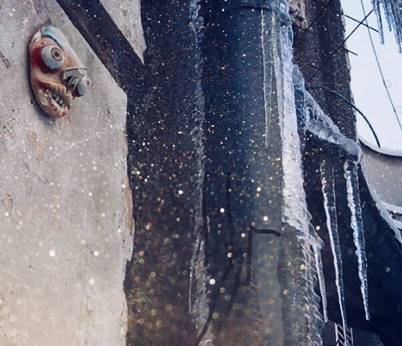
A failed attempt at theft? Off with his nose! Constantin Mille St, Bucharest
f: When thinking of street art – murals, paste-ups, stencils are more likely to pop-up into our minds, and are the main choice for many artists. Yet you focus on small objects – faces, either of people or of animals. Considering your experience in graphics and illustration, what drove you to a sculptural approach? How do you see the project evolving in the following period? Do you plan to explore other means of artistic expression?
J.Ace: It’s a good observation – mostly before 2016 I worked in the medium of design and illustration, so I guess sculpting little faces was something new for me to try. I had played around with sculpture before of course, at school and afterwards, and also spent some time experimenting with ceramics. Since childhood, I had a fascination with tribal and cultural masks too. That’s how the concept and process of my faces evolved.
In the world of street art, I would assume there are many more muralists and stencils and pasters than there are people who install mini sculptures? I probably mentioned in a previous interview that at first, I went out on the street with stencils and paste-ups (this was just before 2016). They looked good and it was exciting, but the small faces allowed me greater flexibility when travelling, even with minimal luggage. I also thought that small faces would be easier to install quickly as opposed to stencils or paste-ups. A face should take less than a minute whereas spraying or pasting would likely take a little more time, as I was inexperienced.
The faces have evolved somewhat as I have learned through experience. I have enjoyed it a lot so far and I will keep doing it for as long as it holds my interest. I think it is common for creative people to continually evolve and I am always exploring different approaches.
A final note on why small sculptures and not murals: I also never mastered a spray can, and the occasions I tried it out it was much more challenging than I had anticipated, so I have complete admiration and respect for those artists.
f: Each piece is inspired by the country you’re visiting. In Romania, you made figurines with Vlad the Impaler, vampires, the country’s specific fauna, and so on. There are cases when you revisit a country. What’s different from the first impressions? Do you tend to approach new topics and create new faces as the place becomes more familiar? Are there any other types of figurines you’d add to your Romanian interventions, for instance?
J.Ace: Most certainly a place gets better in my mind after continued visits. I visited Romania three times in 2018 and each time was better than the last (though that may be in part due to the weather!).
India is another good example, I didn’t entirely love it on my first visit there (the heat, the dirt, the traffic, the poverty). Then over time the good memories fully outgrew those negative aspects, and I had to go back, again and again. I think it’s fair to say, people, either love India or hate it, and I completely understand that some people cannot share my passion for the place.
Approaching a repeated visit somewhere I will be inspired by new things related to that culture. For India this year I will be starting with ideas around Bollywood icons, amongst a few other inspirations.
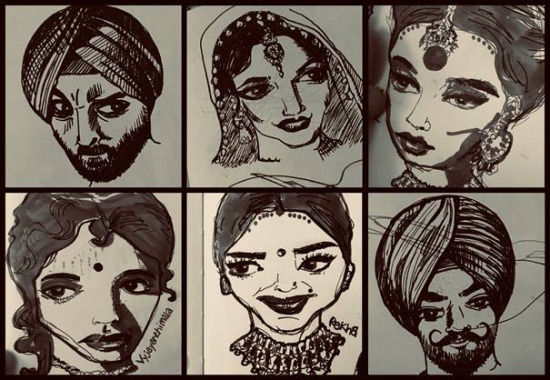
Sketching out preliminary ideas for 2019
I like that you ask if there are any other types of figures I’d like to add to my Romanian interventions. How about we turn the question around to your readers and I can get some ideas for my next visit?!
f: We love the idea, thanks for the challenge. So, feeder.ro readers, how does this sound to you? Make sure to leave your comment at the end of the article.
Now, J.Ace, since we’ve mentioned your travels to Romania, we’d love to ask you about your intervention for CAPITOL Cinema / Summer Theatre. How was the experience for you – getting inspired by its history, giving life to the project, taking part in the street art tours, etc.? What did you enjoy the most about your stay in Bucharest and your secret visit to CAPITOL?
J.Ace: Yes, this project was a real highlight of 2018 which I will not forget. I did enjoy researching the architects and namesakes dedicated to the CAPITOL, and their history. The old black and white photos of the cinema are so grand, it almost looks like New York. It’s also a little bit of a shame how they have aged/deteriorated.
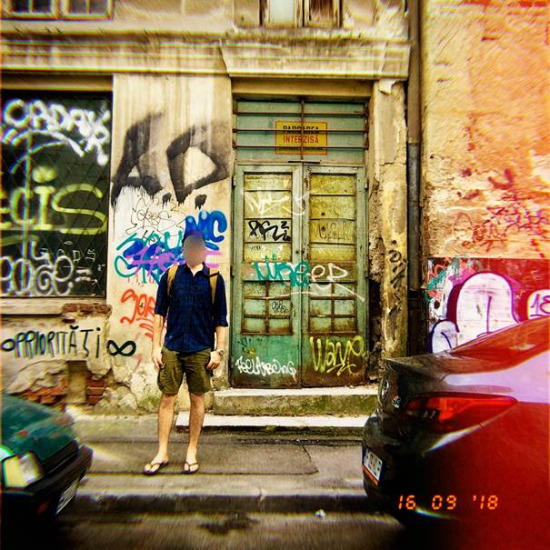
Constantin Mille St, Bucharest – September 2018
I made the faces for your intervention in a different way I had not tried before – a sort of stylized caricature appearance made to look like they were cast in bronze. I was really pleased with the outcome. When I was there I enjoyed walking around the city in the good weather looking for locations. Of course, in addition to street art in the city, I also like the historical and political tourism of Bucharest, visiting the Parliament Palace and Ceaușescu’s Palatul Primăverii. Also, I went to Therme for the first time – wow, so cool!
f: In addition to each city’s vibrant culture and history, we’ve noticed that both art/artists and cinema seem to fuel your creativity. We saw representations of Yayoi Kusama when you travel to Japan, David Bowie in your home country, and related to the film industry – OldBoy, Game of Thrones characters, you say that you’re also a Tarantino admirer. Share a few thoughts on what motivates and inspires you – contemporary art, film, and what else?
J.Ace: Excellent observation! Yes this is quite true, film especially is a subliminal inspiration for me. And why wouldn’t it be, as it is another type of art/creativity after all? I watch a lot of films, and perhaps a third of the films I watch would not be in the English language. I like European and Asian cinema, especially Korean thrillers. As well as Tarantino I really like the work of Wes Anderson – his films are art in motion, such attention to detail. Darjeeling Limited and Grand Budapest Hotel are so good.
As for icons from various countries, I think this is a fun kind of ‘brand identity’. I want the face I install to be recognisable in its location and amuse people who get the link. Bowie for sure is Brixton’s best-known icon (a district of south London). There’s an excellent mural right there opposite the Underground station by Australian artist JimmyC (@akaJimmyC) and when Bowie passed away people laid masses of flowers in front of it, until it looked like a shrine. My mini Bowie is just a few steps around the corner (but I’m not sure many people see it because the mural is what draws people there.)
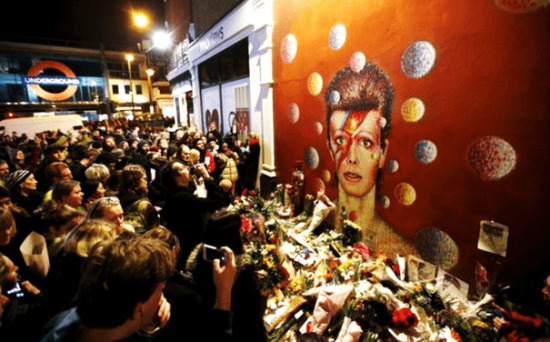 Floral tributes at a mural of David Bowie in Brixton (Image: REUTERS/Peter Nicholls)
Floral tributes at a mural of David Bowie in Brixton (Image: REUTERS/Peter Nicholls)
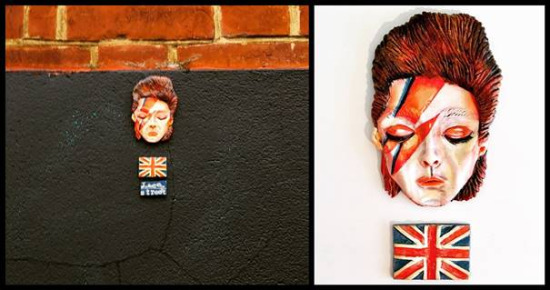
Mini Bowie in Brixton, London
And any fan of Harry Potter will know the link to King’s Cross train station, where they depart each year for Hogwarts; once I was walking by that wall I heard some American tourists point out my two faces and made the link to the location, that was quite cool. Like the Thrones characters in Northern Ireland or former King Bhumibol of Thailand placed on Si Lom Road in Bangkok, these are connections people can make irrespective of their culture or where they are from. It appeals to many: locals and visitors (I hope).
f: You create small pieces, so we’re interested in how you pick the right place to install them. Do you have favourite spots and tricks to catch the attention of the unaware passer-by?
J.Ace: This is a tougher one. For me, the placement can be as important as the execution of the face. Preparing the faces in advance gives me the luxury of being in my own studio space to do exactly as I want and the time to do it. But often I do not know exactly which wall the face will go, only the part of the city I am visiting. Sometimes I see a perfect wall but the colour of the face isn’t right for what I made. That’s not something I could have prepared for and can be a little frustrating.
But when a face complements the surrounding colour, or almost blends with the wall like a chameleon, I love that! Because then it’s subtle/discreet and usually only catches those who are sharp eyed – I like to think it’s their reward.
More and more I realise placement is important to complete the artwork and do it justice; what’s the point of a nicely made face installed poorly or in a bad location? I may as well have not bothered in the first place.
I want my faces to be visible and enjoyed of course, but not so easily placed they can be taken with ease. It’s also difficult when a placement is made without permission, it leaves less time for me to be specific and make sure it was placed perfectly or securely.
Ideally what I’d like to start to do is put out a call to different locations before I go (via Instagram perhaps) asking supporters of street art to volunteer their walls in a district or part of the city which is creative. If they agree to the type of character I am making then I can prepare more in advance to match the environment. It also would mean I can make the installation without being completely incognito (as it would be with permission), giving me the time to make the placement.
f: What about the timing? You said in a recent interview that you’re beginning to work during daytime. Do people see you at work or do you make sure you’re “invisible”? Are there any memorable experiences you’d like to share in this regard?
J.Ace: I think now, more than half of my installations are made in daylight as I like to see better what I am doing. Otherwise, I go to see the wall in daylight and then feel better prepared to do it when it’s darker. I know that many street artists work brazenly and don’t mind an audience – this is especially the case if there is permission or the wall is sponsored by an event. But working visibly, this is something that still bothers me a little. Usually, this means I observe the location until the time is right when fewer people are walking past.
The face I put up on Calea Victoriei above the awesome bird of prey painting was funny: I did it at midday at the pedestrian junction and I think many people saw me, but that was fine. However, there was also another thing that happened during the CAPITOL project: it was the first time/place I ever got caught! I made the installation but was followed for a few minutes after I walked away and was stopped by security. When they realised I was not local they just asked me to take them down – so it was only my ego that was bruised. Of course, I did what they told me to do, but then a few days later I returned and re-installed the faces on the opposite side of the street, in sight of the place I had recently been caught!
f: Besides our CAPITOL project, we also put together a street art map part of the Un-hidden Bucharest urban regeneration project that cartographies 63 pieces by independent and active artists, including your figurines, of course 
J.Ace: I was really impressed with the map! I think it is a lovely ‘alternative’ way of describing a city to visitors. I went on a private urban art tour of Bucharest during my first visit in 2018 and really enjoyed the different styles I saw. I liked the work of Sweet Damage Crew and Livi Po. I was surprised that Vhils had made work in the city too (I just saw an amazing piece of his in Bangkok). And of course the iconic Pisica Pătrată! The doors at CAPITOL are my lasting image of Bucharest. I love spotting the pig/dog(?) of AeuL all around, and also there is this funny little character like a hand, where his arms and legs are fingers with nails, but I don’t know the artist’s name? [f: Raid]
For me these characters are ubiquitous and appear everywhere I go – to me they are the icons of the city. Maybe I should make a little model of each for my next visit, what do you think? [f: We love your proposal and think it would be cool for the artists too ♥]
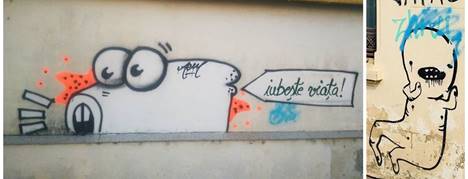
Street art in Bucharest – city icons (Image left @aeulr; image right @J.Ace_Street)
I also like walking down Arthur Verona Street, that’s a really creative spot with many different things to see! I know they make an annual street art event there in the summer [f: Yes, Street Delivery]. I admire when a city does this, embraces urban art.
I will make more faces for Bucharest this year. Shall we ask the readers again, where should I leave these creative marks? Does anyone propose a good wall in a visible location they would like to see a certain face? Let’s put out a call for concepts/ commissions.
f: Sure, let’s ask them! Maybe we’ll have volunteers sharing their walls for your interventions – owners of houses and nice places with walls facing the main streets etc., are you in? Share your ideas in the comment section of the article.
Finally, J.Ace, we’re inviting you to imagine that Bucharest had a face. How would it look, how would you represent it?
J.Ace:
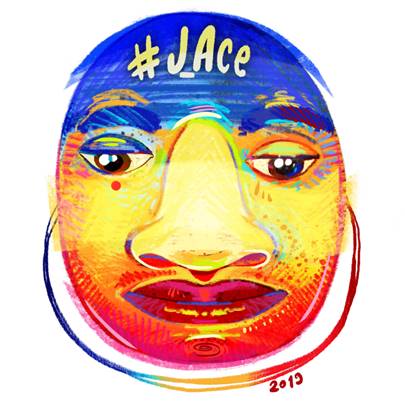
You can follow J.Ace on Instagram.
View his works on the Un-hidden Bucharest II map.
Dear feeder.ro readers & friends, we’re reminding you that J.Ace will visit us again in Bucharest this autumn and he needs your help! Leave a comment below and tell us what new faces would you like him to add to our streets and where!
Also, if you have or if a friend of yours has a place with a nice wall and you’d like it to be part of the project, let us know by commenting or share the details by e-mail at feeder@feeder.ro.
This article is part of the Un-hidden Bucharest series of interviews with street art and graffiti artists, published weekly on feeder.ro. Together we will enter their artistic universe and learn how the city can be regenerated through artistic interventions in the public space.
Keep your eyes on feeder.ro, we’ll publish new interviews soon with iZZY iZVNE, Maria Bălan, John Dot S, Livi Po, KSELEQOQYNQYSHY, Robert Obert, Pisica Pătrată, Skinny Bunny, Primitiv Print, Alexander Blot, Irina Marinescu, Kero, Lost.Optics, Obie Platon, Serebe, Alina Marinescu, Cage, Livia Fălcaru and more.
Interview by Emilia Cazan
Photos © feeder.ro and J.Ace
The Un-hidden Bucharest street art project is organized by Save or Cancel, through feeder.ro and is co-funded by AFCN. The program does not necessarily represent the position of the National Cultural Fund Administration. AFCN is not responsible for the content of the program or the way the program results can be used. These are entirely the responsibility of the beneficiary of the funding.
Organizer: The Save or Cancel team, composed of Cristina Popa (random) – social designer, editor, and cultural manager, and Andrei Racovițan (ubic) – architect, editor, and artistic manager, together with the audience, artists, collaborators și partners.
Project partners: CNDB, Faculty of Sociology and Social Work, Zeppelin, IQads, Urban Collectors, Igloo, Urban things, România Pozitivă, IQool
About Save or Cancel
Since 2008, Save or Cancel is a medium of communication and propagation of the arts and culture, promoting and facilitating their role in contemporary society.
The self-initiated multidisciplinary programs of Save or Cancel aim to identify sustainable and adaptable opportunities for (re) valorization of the existence through architectural, cultural and editorial projects.
Visit the project’s page to find out more about past, current and future activities: https://feeder.ro/un-hidden






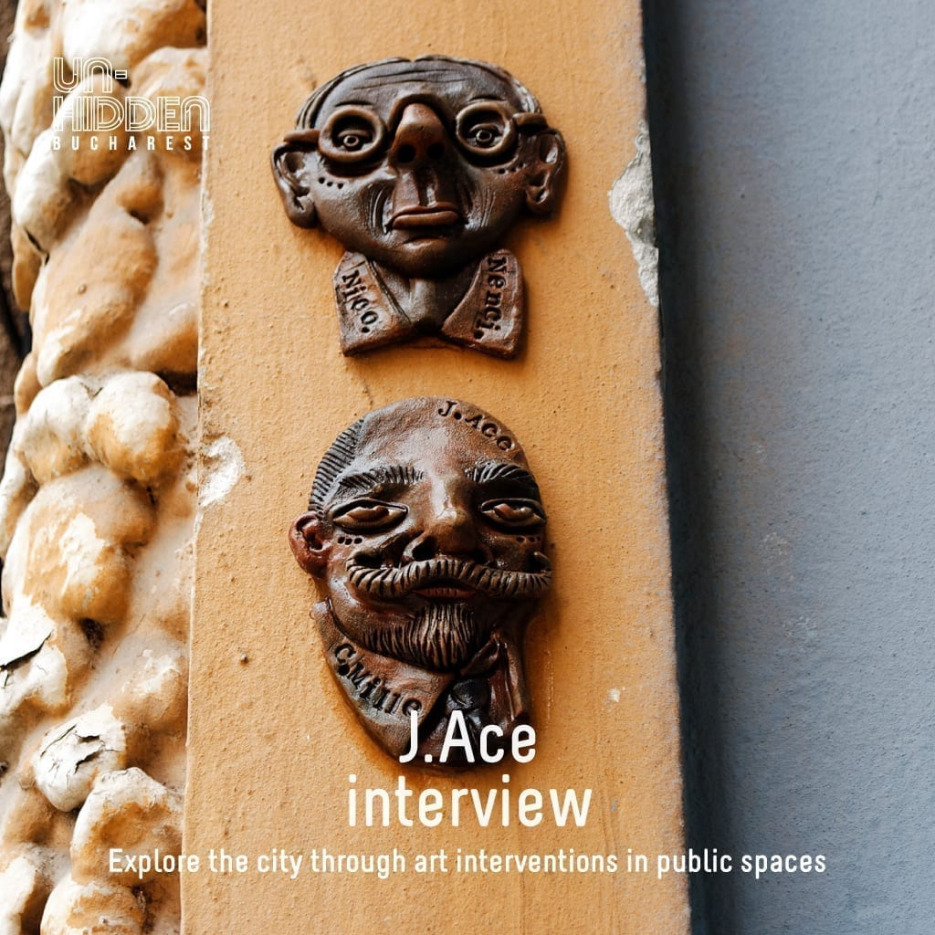
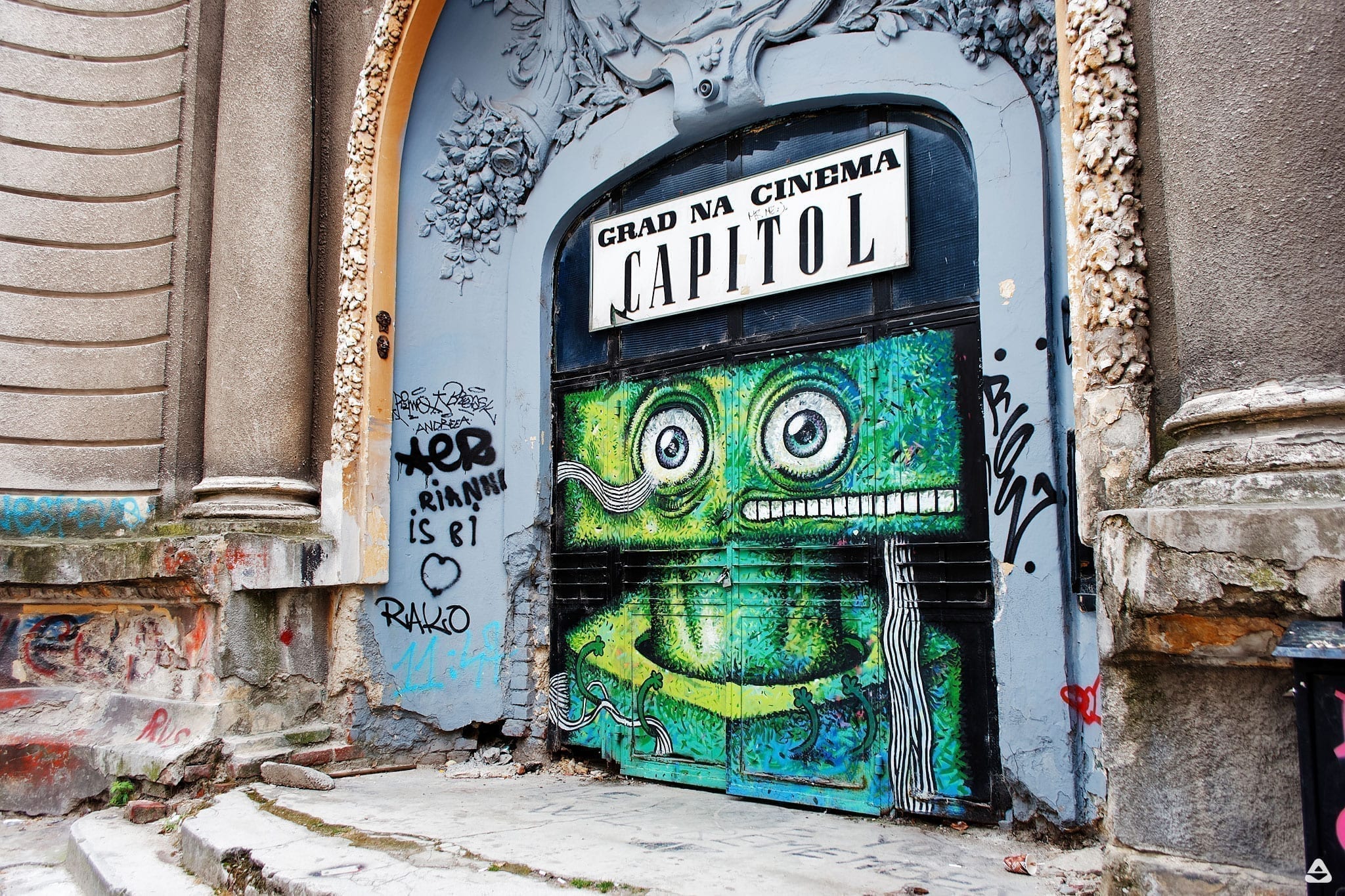
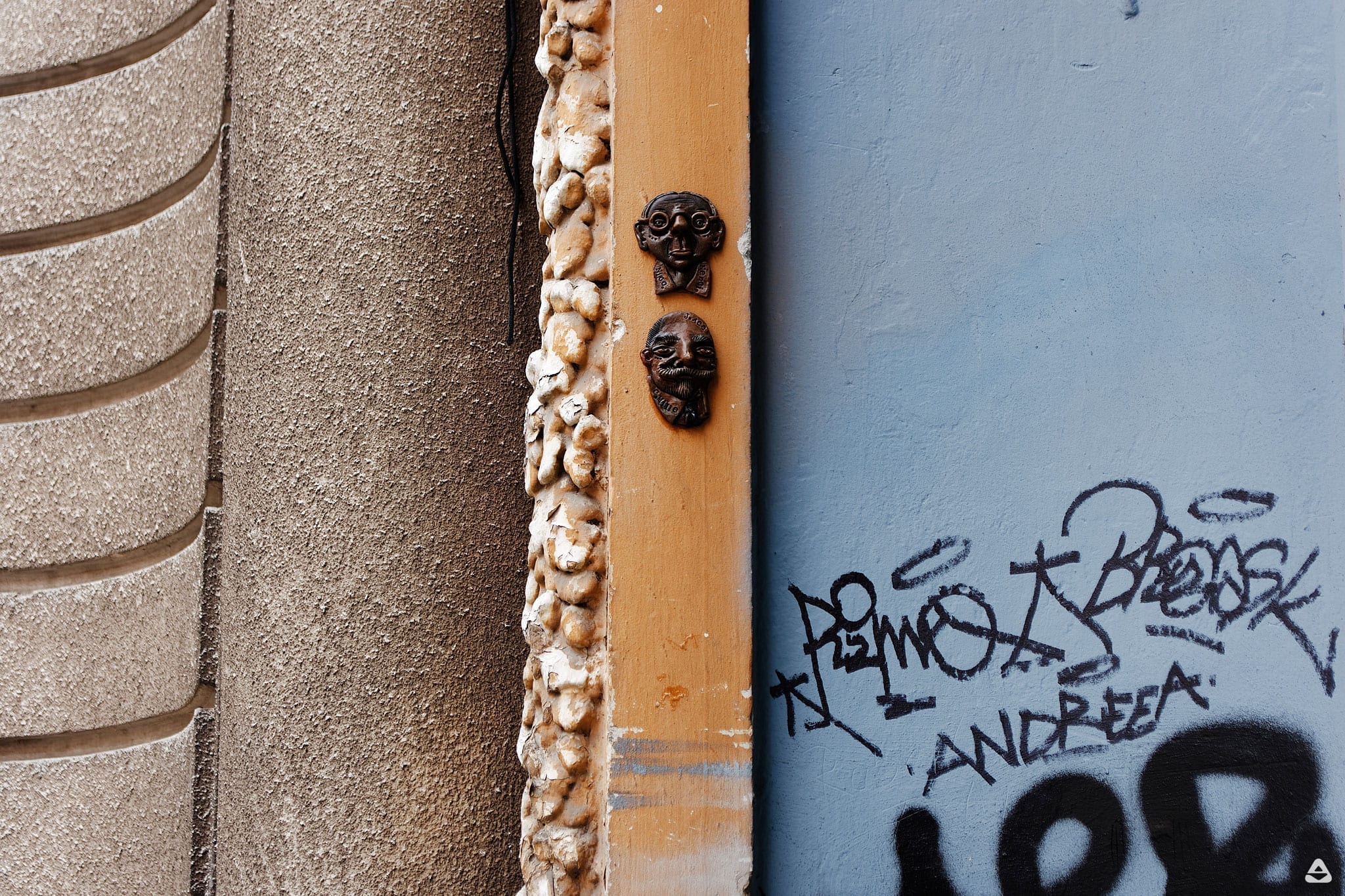
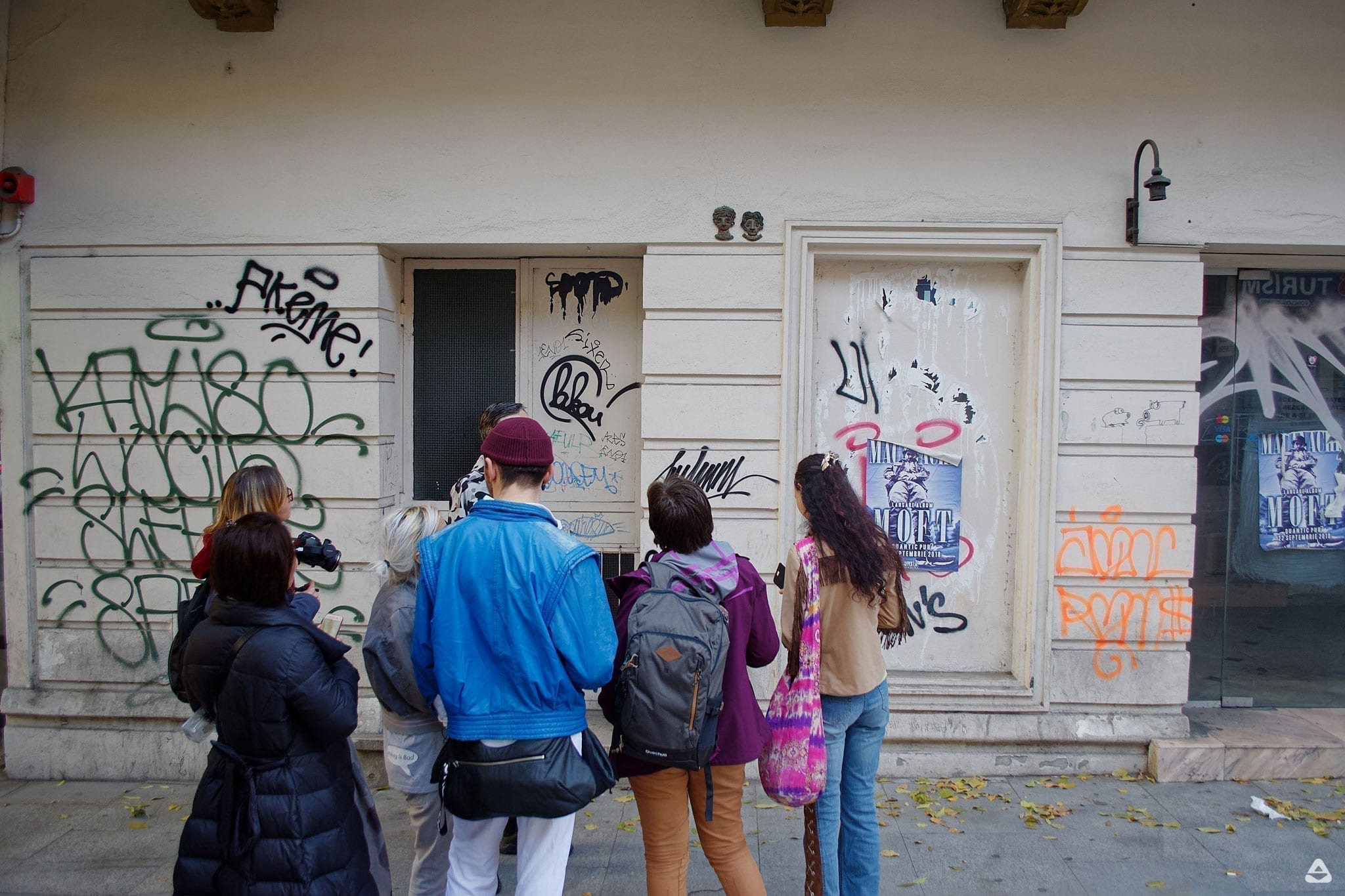
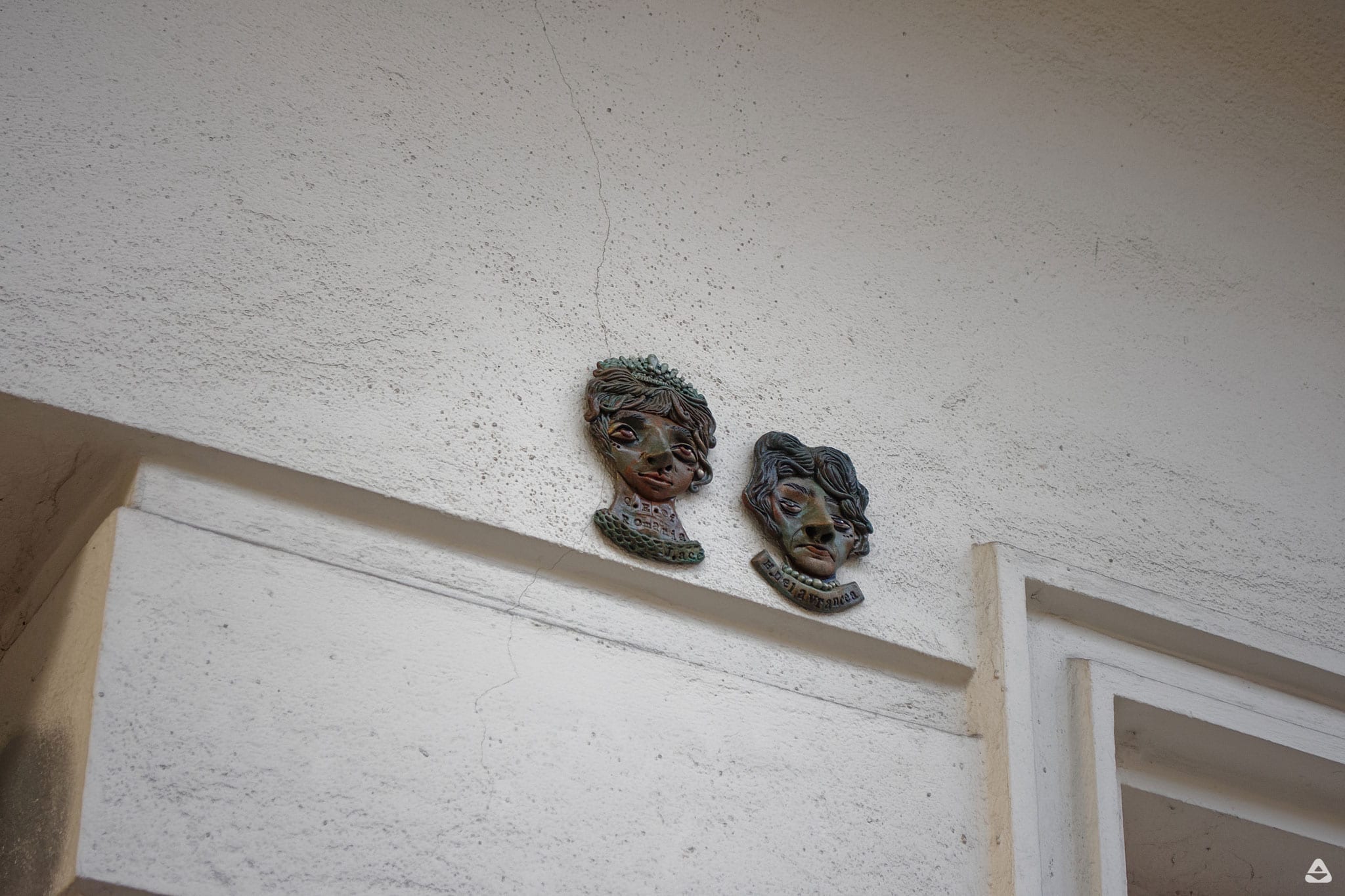
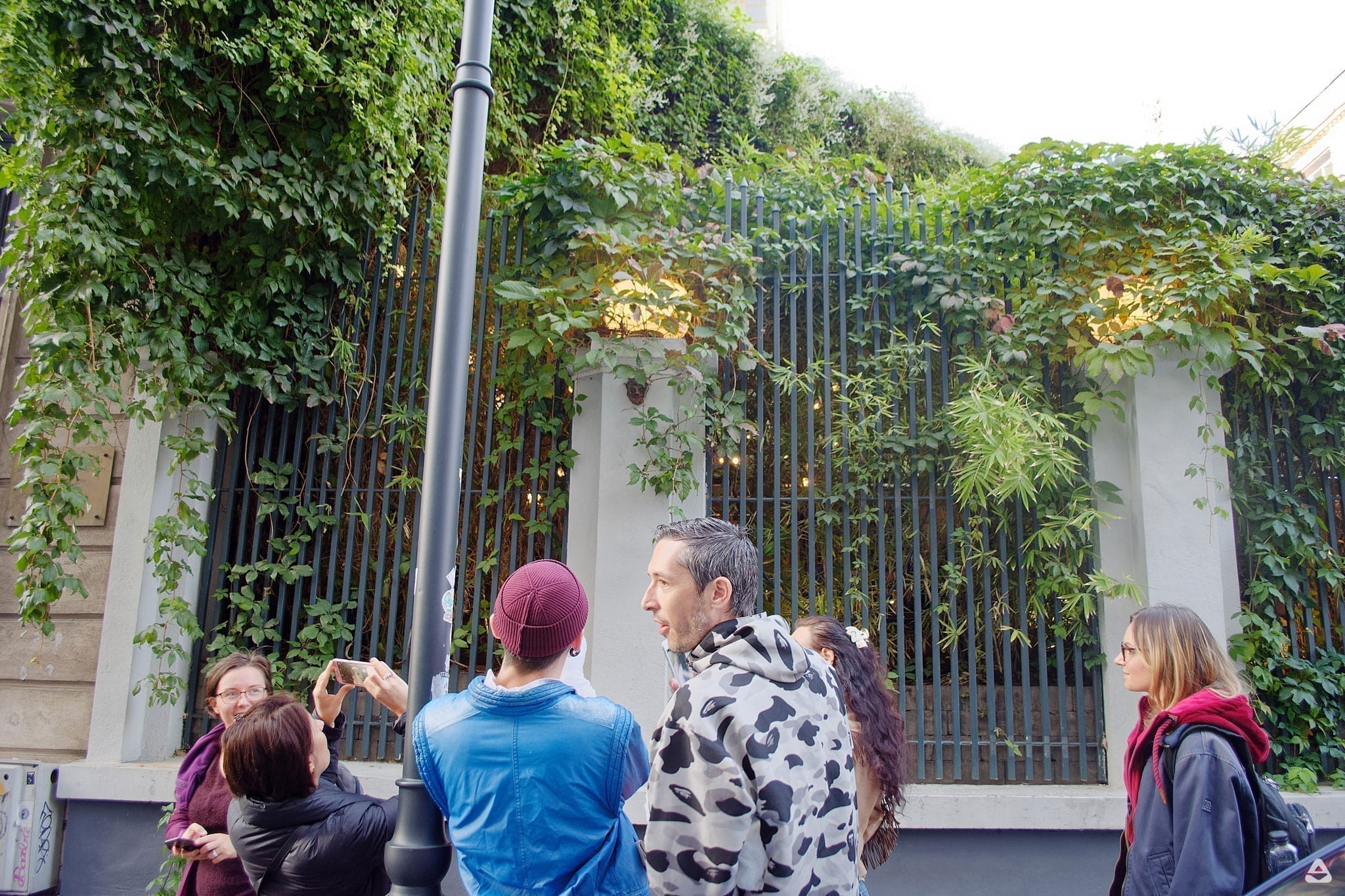
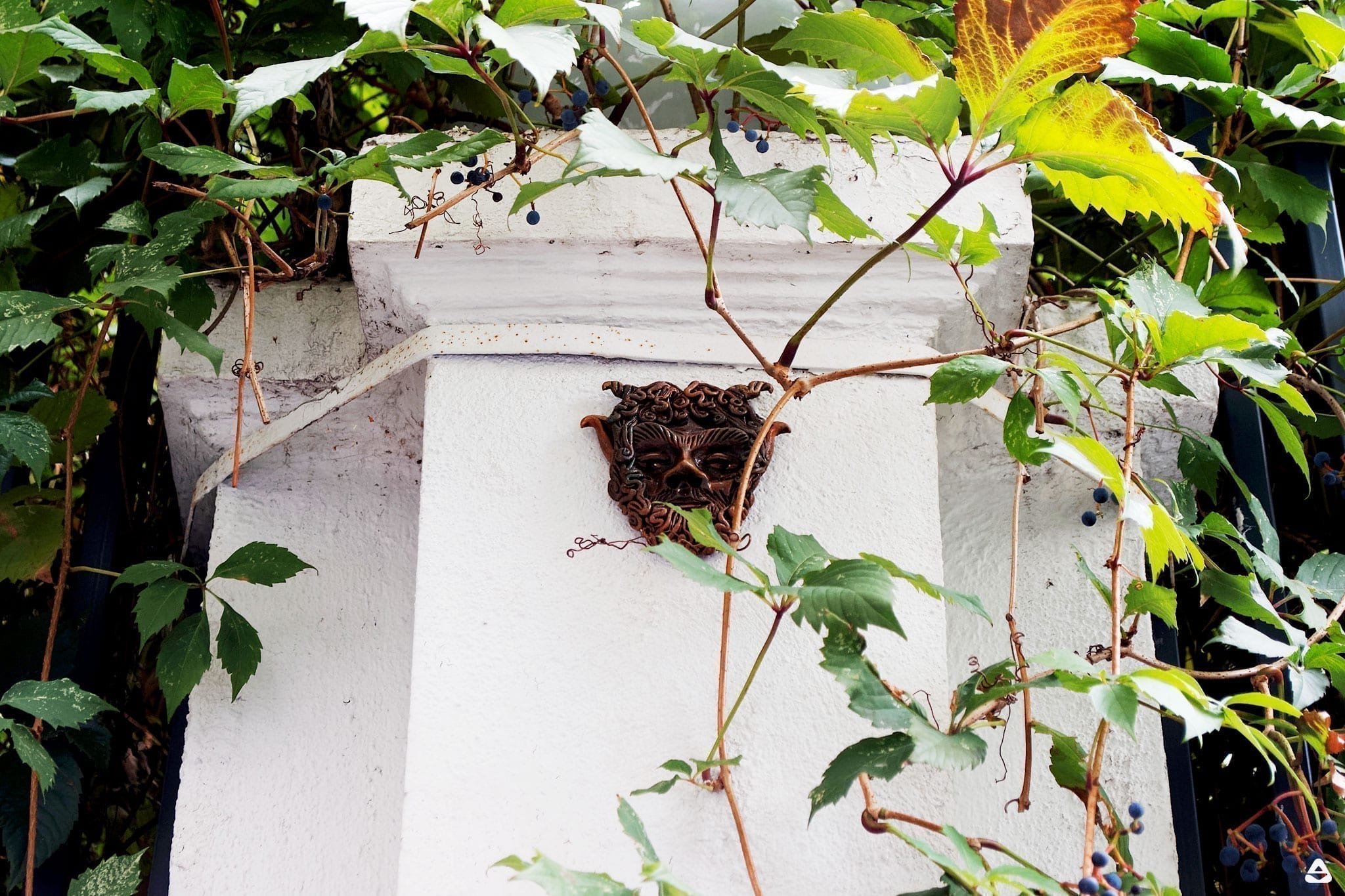
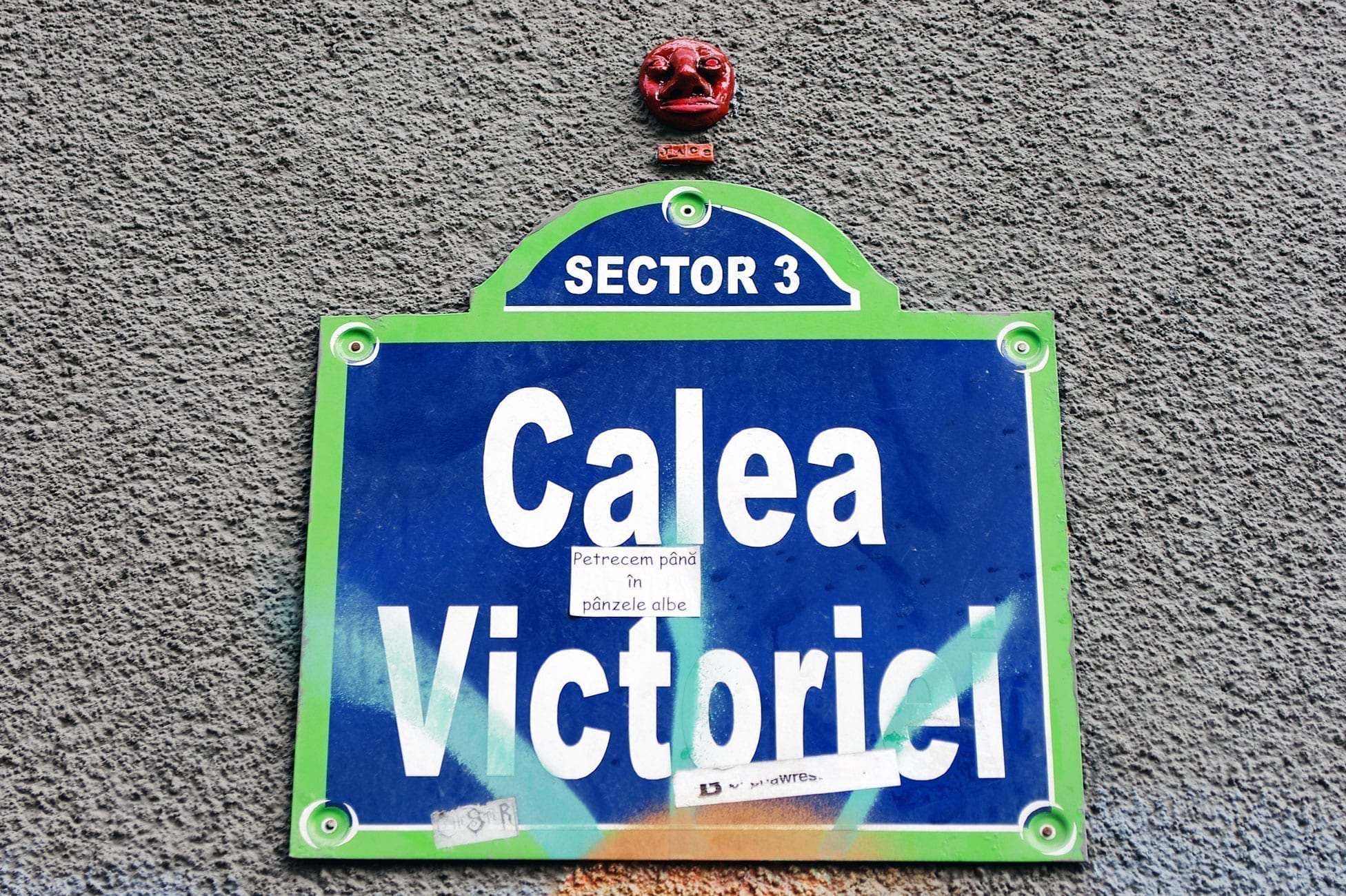
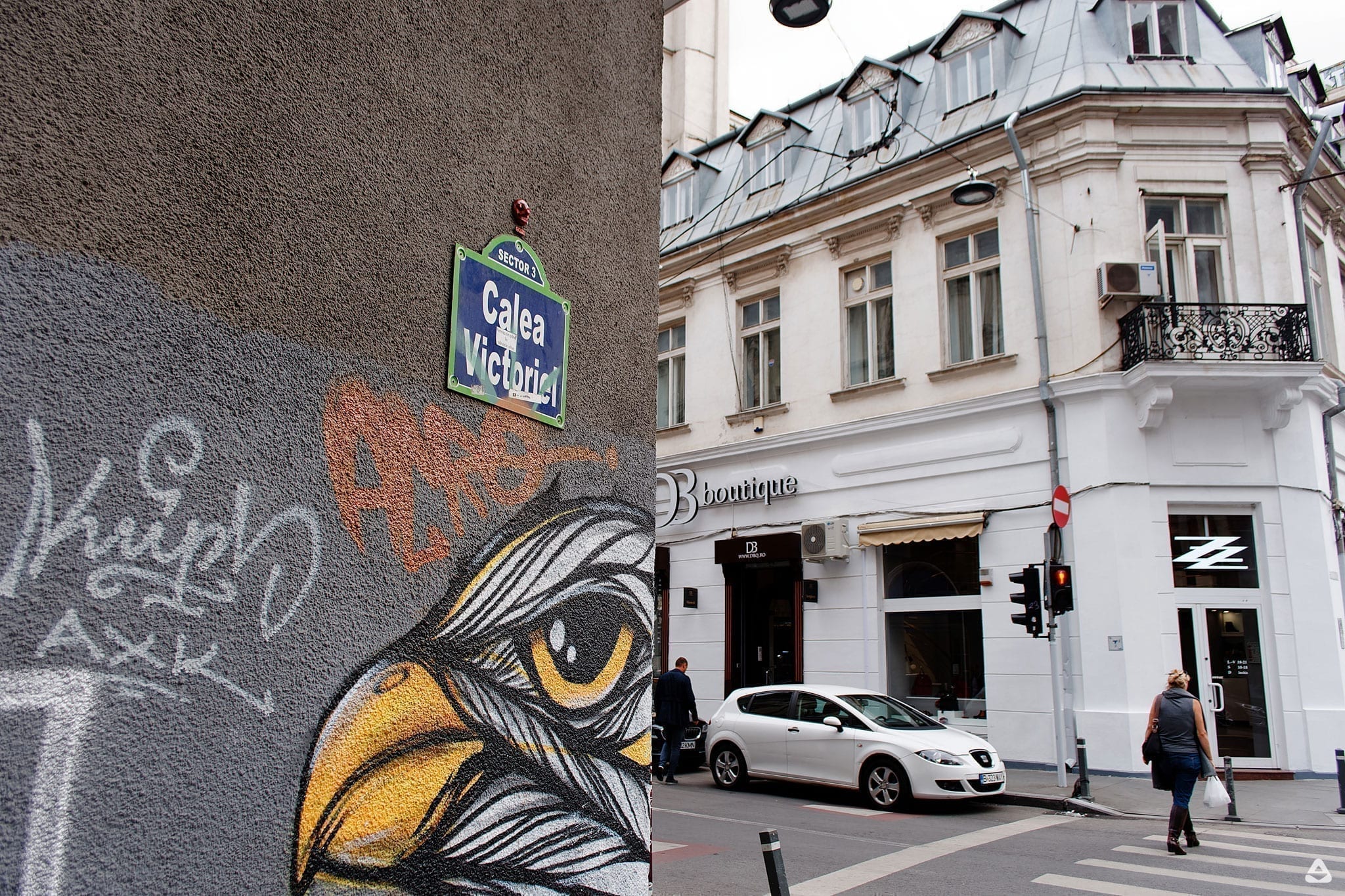
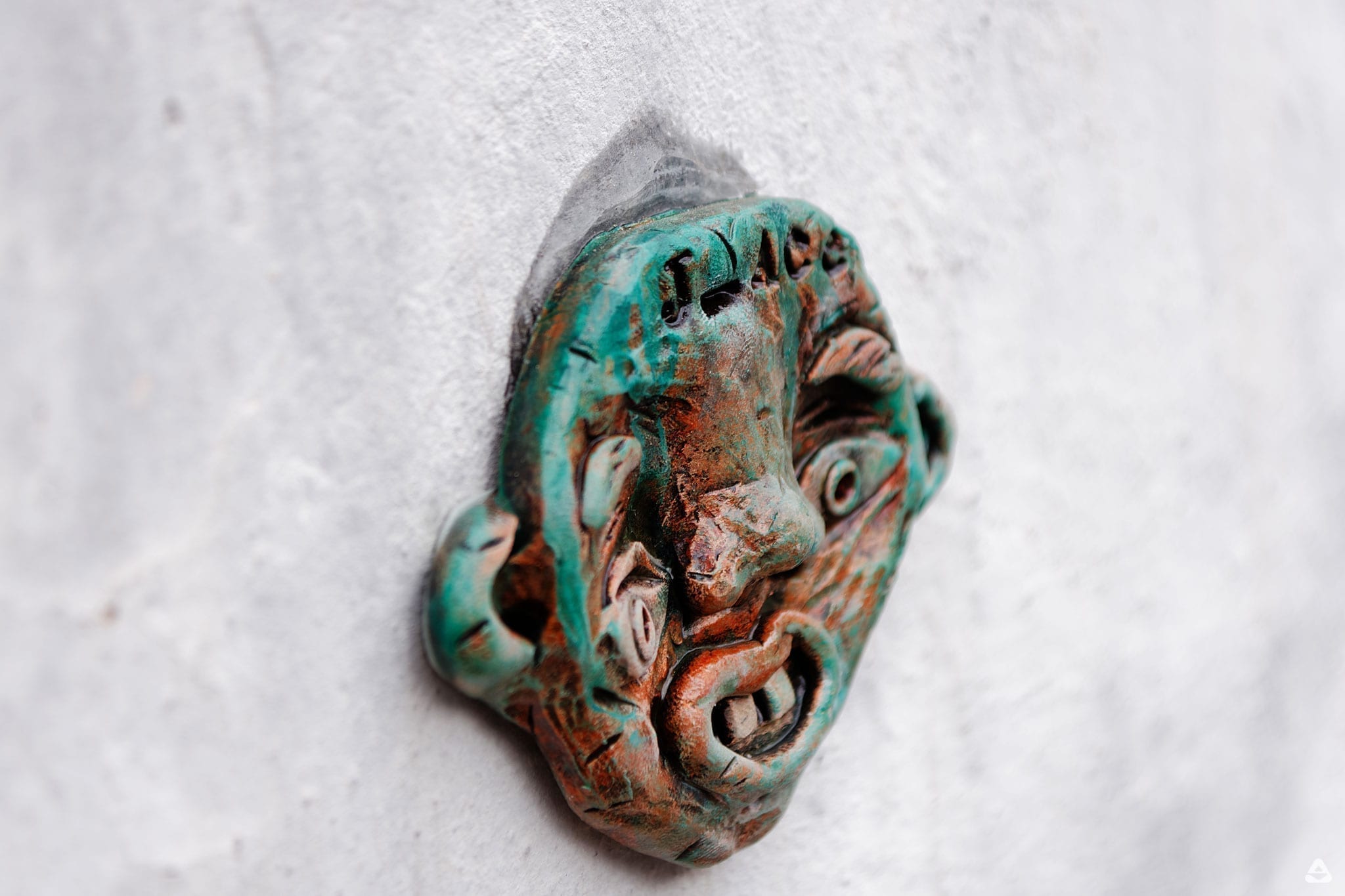
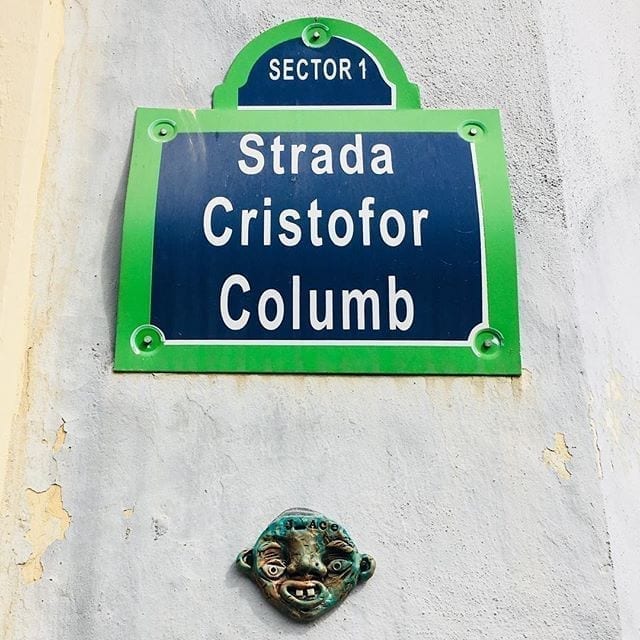
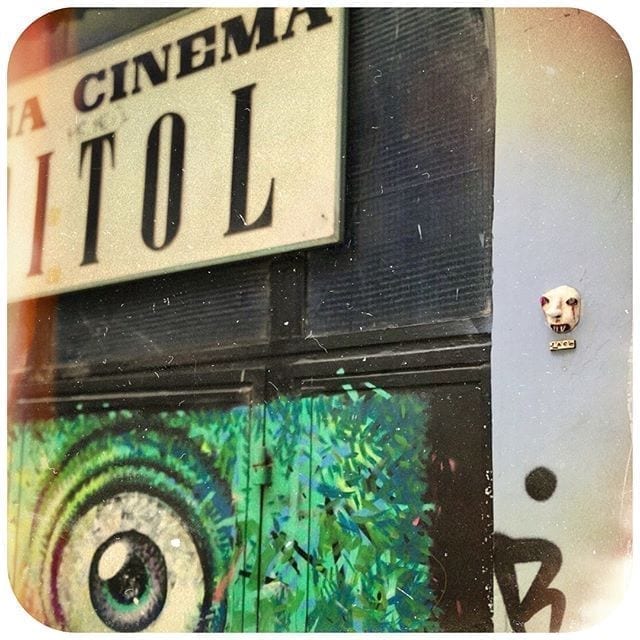
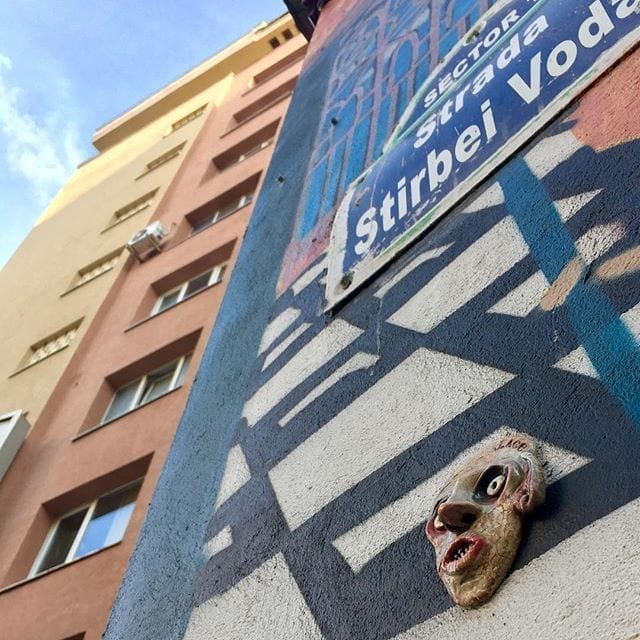
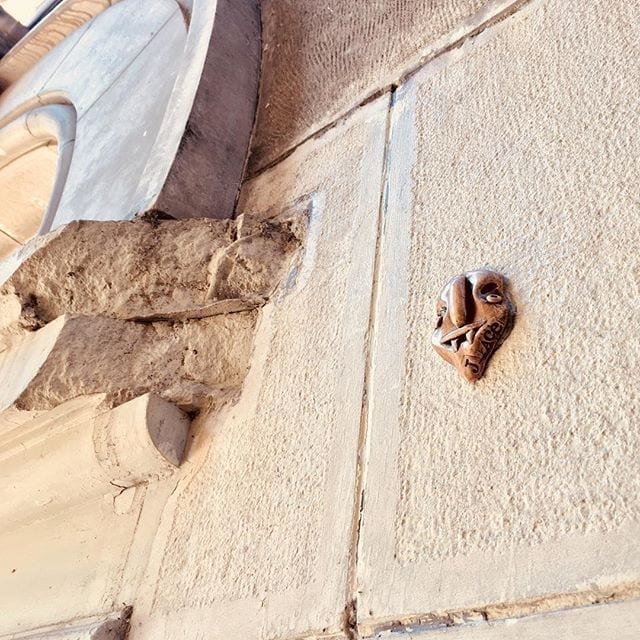
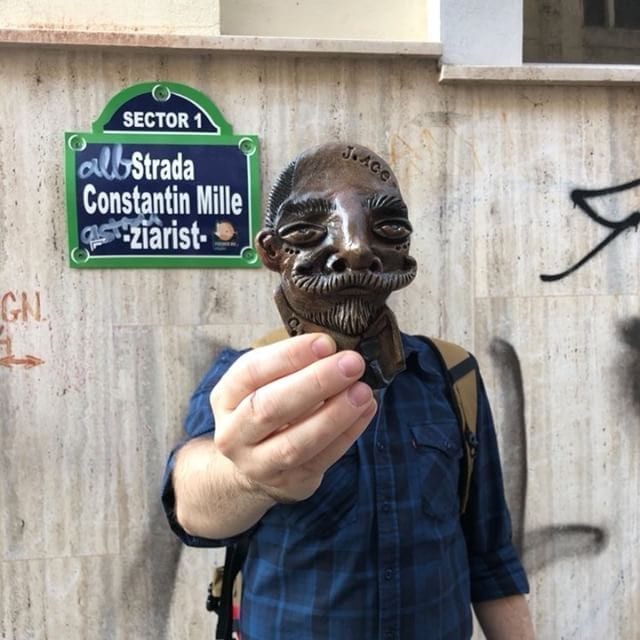
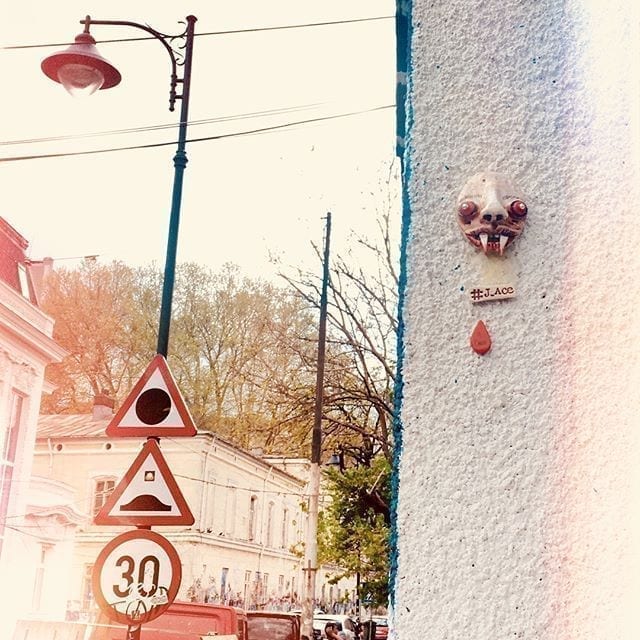
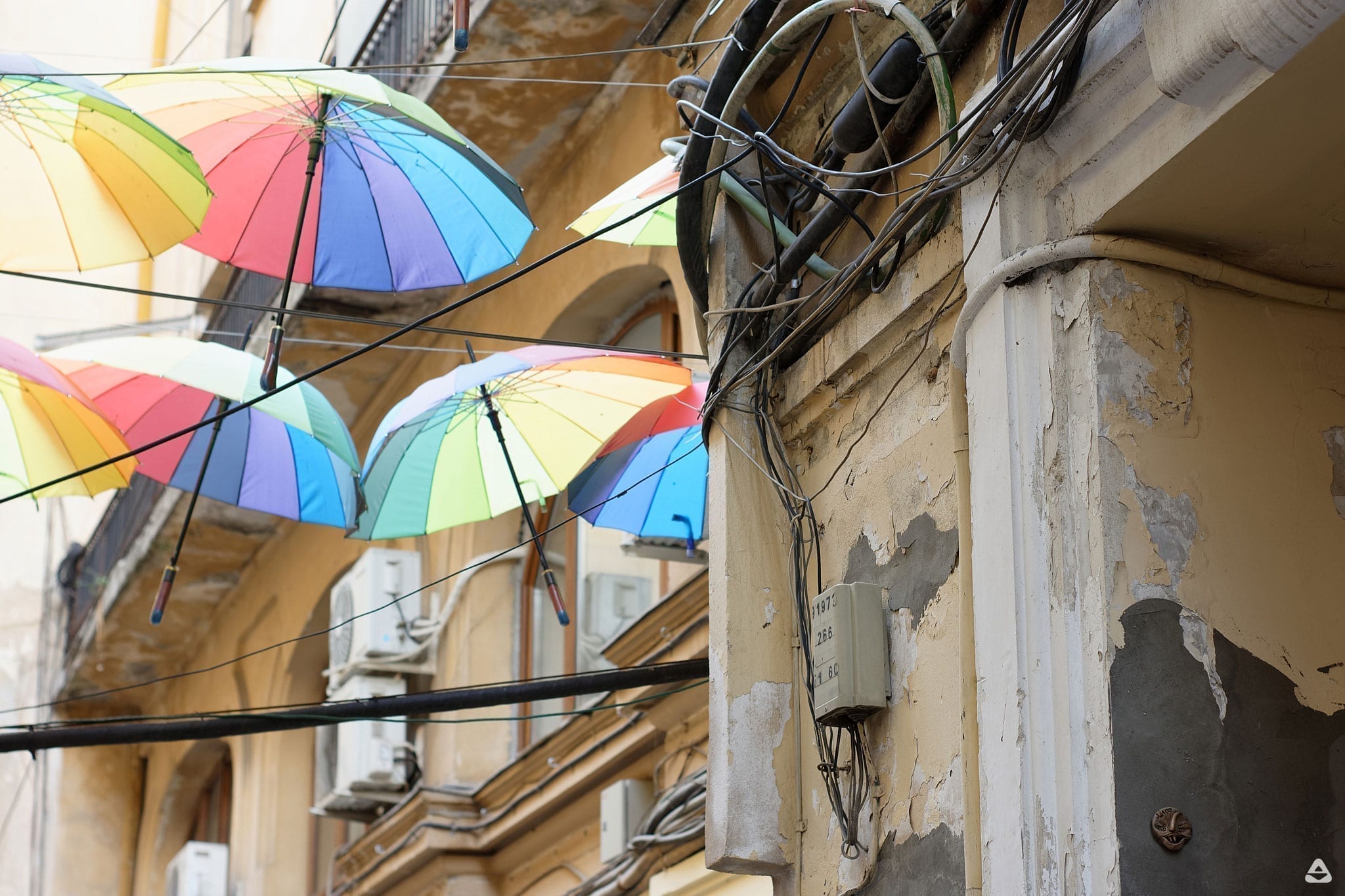
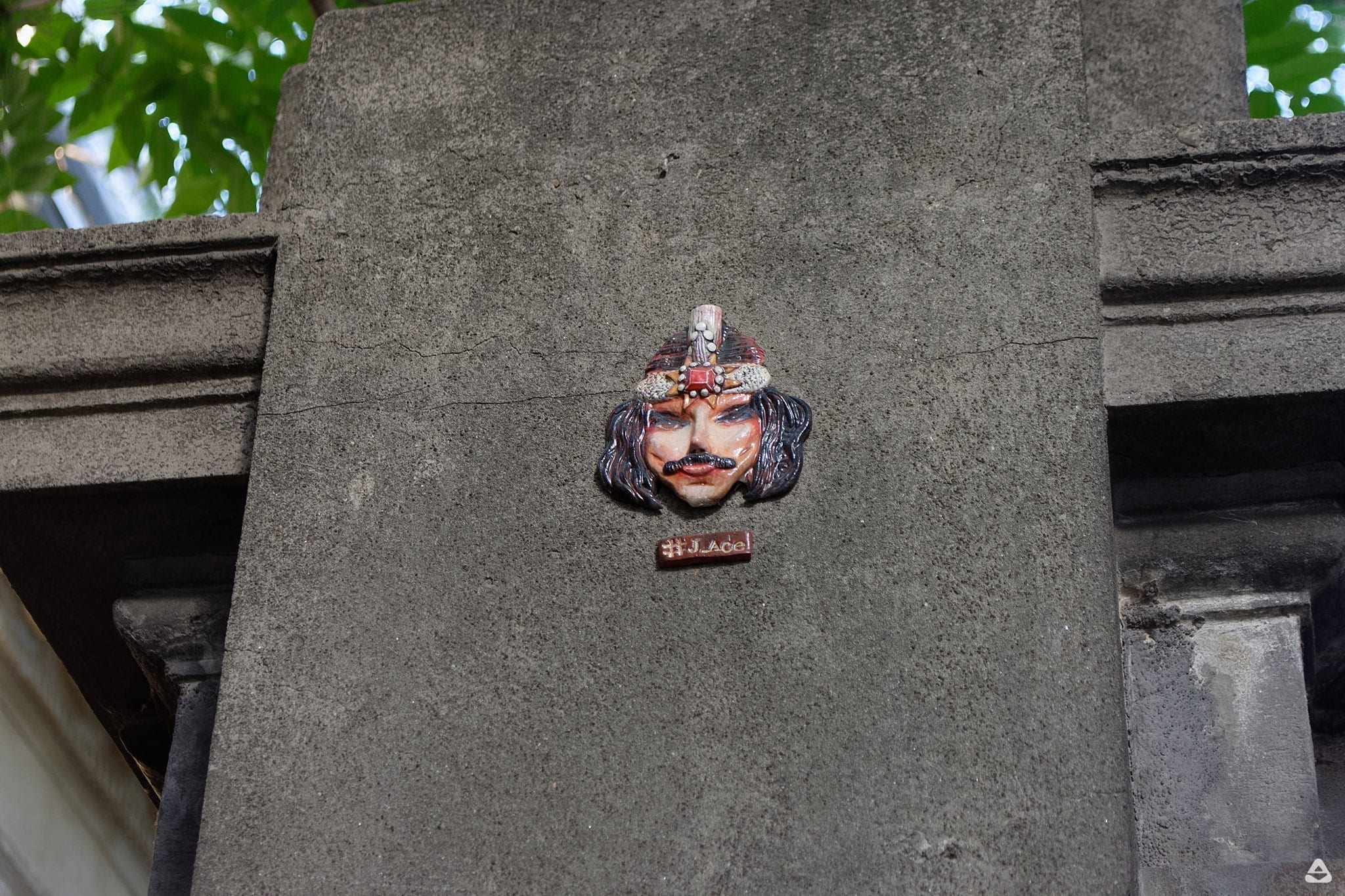
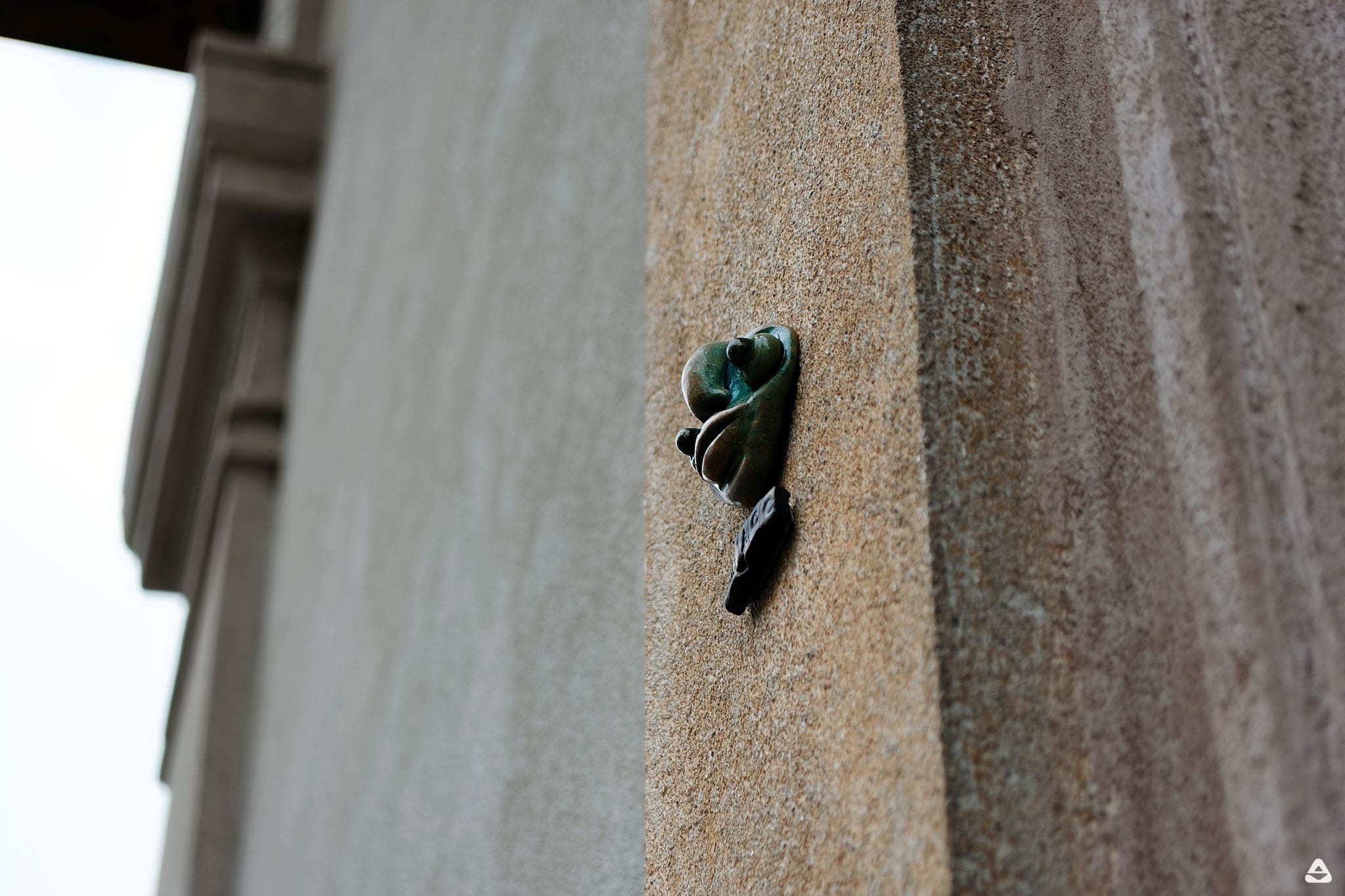
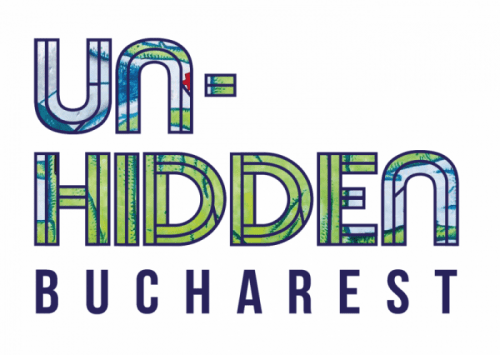
Pingback: Discover remarkable murals and street art installations commissioned by feeder.ro x Save or Cancel • feeder.ro
Pingback: street art commissioned by Save or Cancel • feeder.ro
Pingback: Interview with Robert Obert - Un-hidden Bucharest [en] • feeder.ro
Pingback: Interviu cu J.Ace – Un-hidden Bucharest • feeder.ro
Pingback: Buy the Un-hidden Street Art in Romania BOOK with a 20% discount • feeder.ro
Pingback: 📽 Un-hidden street art in Bucharest (new video)... Feeder.ro •
Pingback: The Un-hidden Street Art in Romania BOOK is now available in the feeder.ro/shop
Pingback: J. Ace x Mini Raid @ Pasajul Englez Calea Victoriei • Feeder.ro
Pingback: Un-hidden street art in Romania BOOK (preview)
Pingback: Discover a new Un-hidden Romania 🇷🇴 interview with Japanese 🇯🇵 artist Aito Kitazaki [video] • Feeder.ro